The Chevy Volt Deserves Its Flowers, Even If People Never Learned to Use PHEVs Right
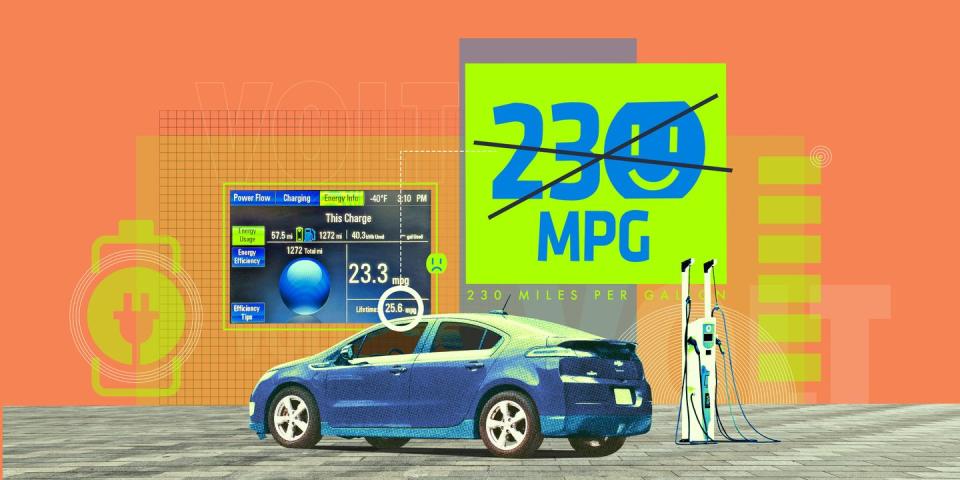
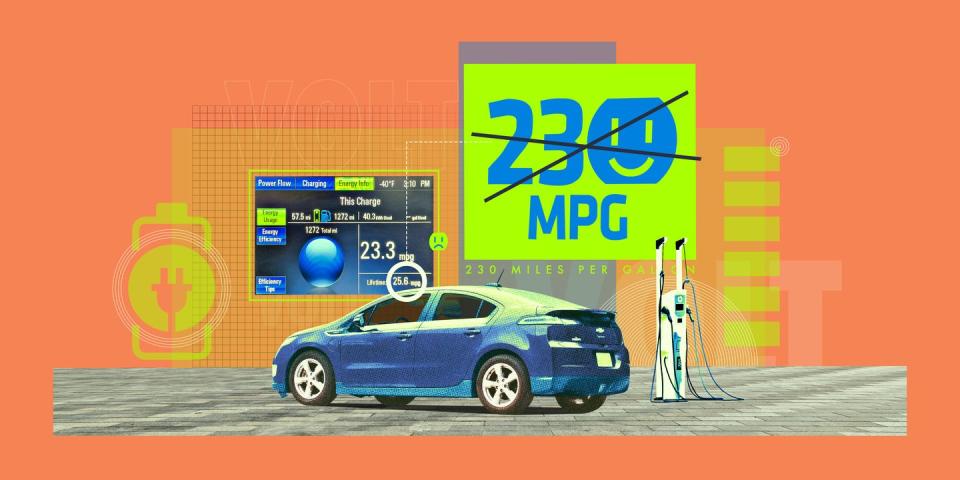
I was 18, fresh out of high school working at one of the most exciting jobs a teenager could get—a lot porter at a Chevrolet dealership. This was post-bailout, “new GM,” which was in full swing circa 2011. The crappy Cobalts and Cavaliers of yore gave way to the mighty fine and very competent Cruze and Sonic. The Camaro was out, and the Ferrari-chasing C7 was just over the horizon—it seemed like GM was finally firing on all cylinders here. It had a nifty little new car on the market, the Chevrolet Volt, that promised to out Prius the Prius. It was a plug-in hybrid marketed as compromise-free EV, in an era where the Model S was pie-in-the-sky vaporware, and the Nissan Leaf was a city-only affair.
But, as much as GM seemed to hit all the right notes, it didn’t feel like its clientele understood what the hell was going on. I remember a customer that came in for a mild mechanical issue with his Chevy Volt, and I was assigned to truck him back to work, in the company courtesy shuttle. Excitedly, I asked him, “Oh, do you charge your volt? How far can you go on a charge?”
“Oh, I don’t really charge that thing. It’s not worth it, I don’t think.” So, aside from his initial charge from the vehicle’s first purchase, he drove the Volt like a regular hybrid car, and its theoretical near-infinite 230 MPG (that got GM terrible press) was never realized. I was dumbfounded that someone had paid $40,000 in 2011-era dollars for such a high-tech piece of transportation and still couldn’t be bothered to use it correctly. I shrugged it off, figuring it was just one dumb guy. Surely the trend of plug-ins not being plugged in wouldn’t stick.
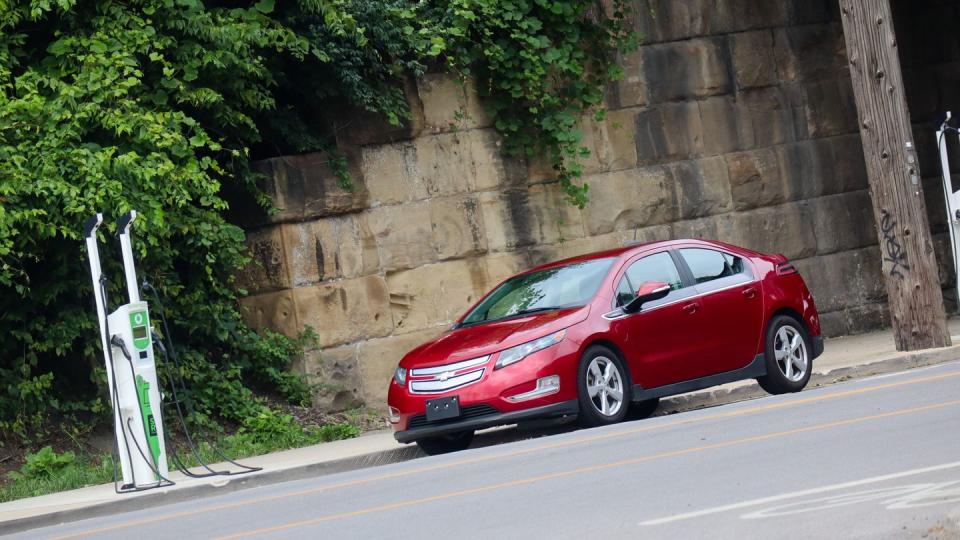
Unfortunately, I didn’t realize how prescient that Volt owner was until more than a decade later when I fell into a used Chevy Volt of my own.
I stumbled upon my derelict 2015 Chevy Volt the same way I do all my other unloved and misunderstood cars: Facebook Marketplace. The car was non-running, yet in good physical shape suggesting an owner who probably cared at least a little.
The Volt was such a cutting-edge vehicle. A complicated hybrid system with a trick transmission produced for it (and its overpriced but stylish twin the Cadillac ELR) allowed the compact sedan to get 38 miles of full-electric power. Once depleted, it still returned 40 mpg. Given that the average American only drives 37 miles per day, the Volt’s range should have been enough to placate the vast majority of drivers. Even 10 years after the Volt’s contentious introduction, automakers haven’t been able to better the Volt’s all-electric range when compared to the Volt’s battery size.
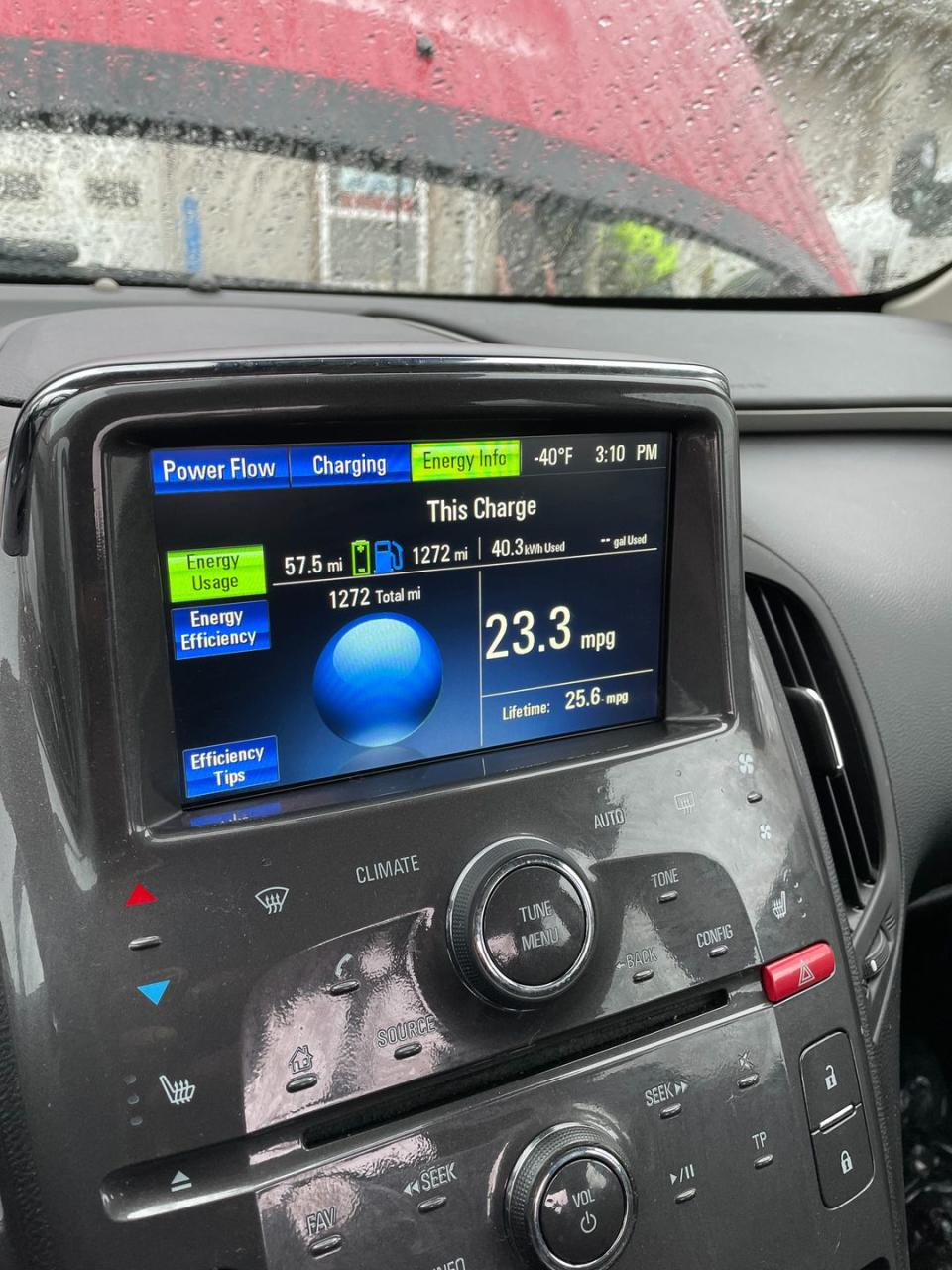
But, outside of the electric range, the Volt’s real trump card was how easy it was to drive. It had an ace up its sleeve. The Volt's primary large electric motor (MGB) can be assisted by the electric motor generator (MGA). The MGA is connected to the internal combustion engine via a clutch, and the computer can easily alter the power input split between MGB and MGA, or MGA when completely clutched to the ICE. Therefore, the ICE could generate electricity, or directly drive the wheels if needed. The result was a powertrain that had nearly identical performance numbers whether it was in EV or hybrid mode. Switching from one mode to another was seamless, automatic, and unnoticeable. It flew in the face of comparable PHEVs of the time. A similar vintage BMW i3 REx is positively hateful to drive when its gas engine is running. The vehicle will be limited to however fast its onboard scooter-derived two-cylinder engine can sustain the vehicle’s (now limited) rate of electric draw.
Chevy really had something here. But, I suspect that the Volt’s biggest strength was also a curse. The Volt was so easy to use in hybrid mode that for many there was no real incentive to plug the thing in. The Volt was perfectly usable like any other regular car when not plugged in.
When I finally got my broken Volt to power on, its lifetime fuel economy rating showed a dismal 25.6 MPG. It had driven at least 1,200 miles on gas power since its last charge. Two different developer tools, an OBDII dongle, and an old Google Pixel Phone informed me that my Volt had only done a mere 50 charge cycles in its 138,000-mile lifetime. Even if we generously round up to 40 miles average per EV charge, that would mean only 2,000 of the Volt’s 138,000 miles had been done on full electric power. The low average fuel economy told me that the Volt had been driven hard, solely in hybrid mode.
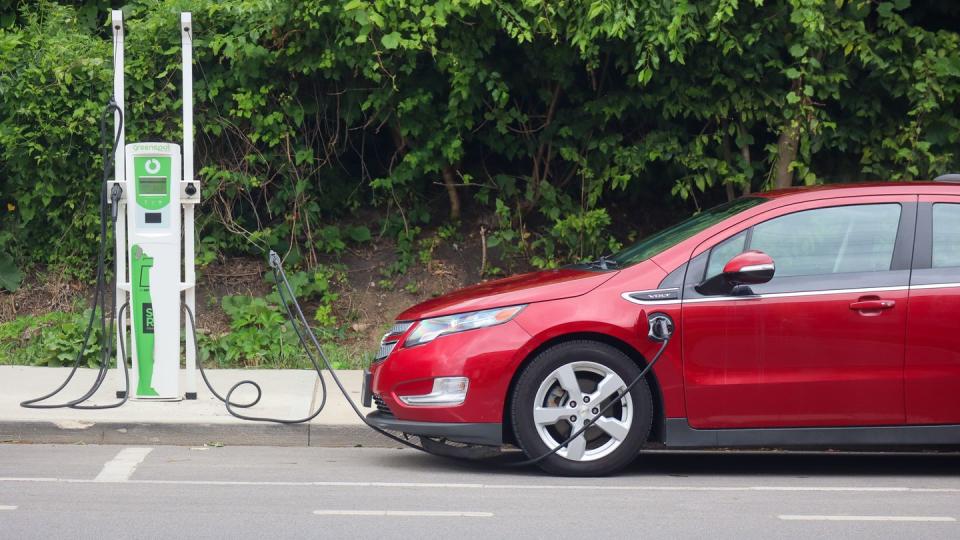
Still, PHEVs and EVs have become far more mainstream since the Volt’s introduction in 2011. The idea that a vehicle can, should, or needs to be plugged in isn’t much of a novelty anymore. Public charging stations are more common now than ever, and parts stores have started selling cheap EVSE car chargers that cost about as much as a pair of Birkenstocks.
But, have people learned their lesson? Uh, the jury is kind of out, depending on who you ask.
In January, the International Council on Clean Transportation (ICCT) published a study that PHEV buyers aren’t using their cars like they’re advertised. They collected data from Fuelly.com and the California Bureau of Automotive Repair (BAR) to examine how far PHEVs were driving with the engine off.
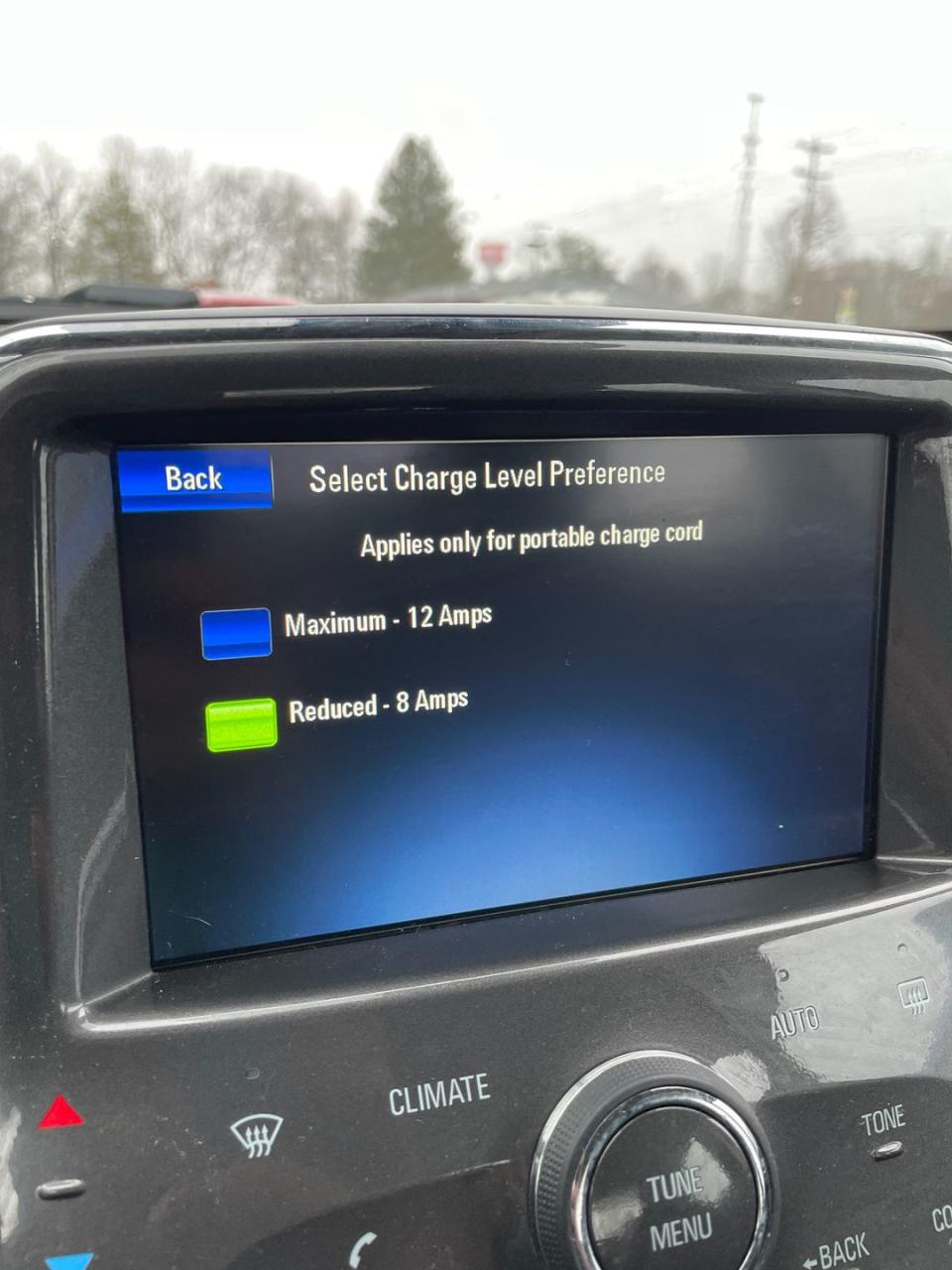
The study found that drivers use electric mode 26 to 56 percent less often than assumed in EPA calculation. Thus, because these cars are driving in gas or hybrid mode more often, real-world fuel consumption will be 42 to 67 percent higher.
The study goes on to cite that until recently, lots of PHEVs and EVs were purchased by well-to-do early adopters and, essentially, tech geeks who were invested in using the car as advertised. They wanted to plug the car in, they made sure they had the infrastructure at home, and they’d get the maximum use out of the car’s fully electric abilities.
Now, these cars are making their way to second owners and folks who aren’t necessarily all that interested in the tech. For someone on a budget, a PHEV may seem indistinguishable from a regular hybrid car and has more utility than a low-range EV of the same price. A cheap EV, like a Leaf or i-MiEV, may go further on electric power, but the Volt has a larger range in total and doesn’t necessarily need to be plugged in for it to function as a vehicle.
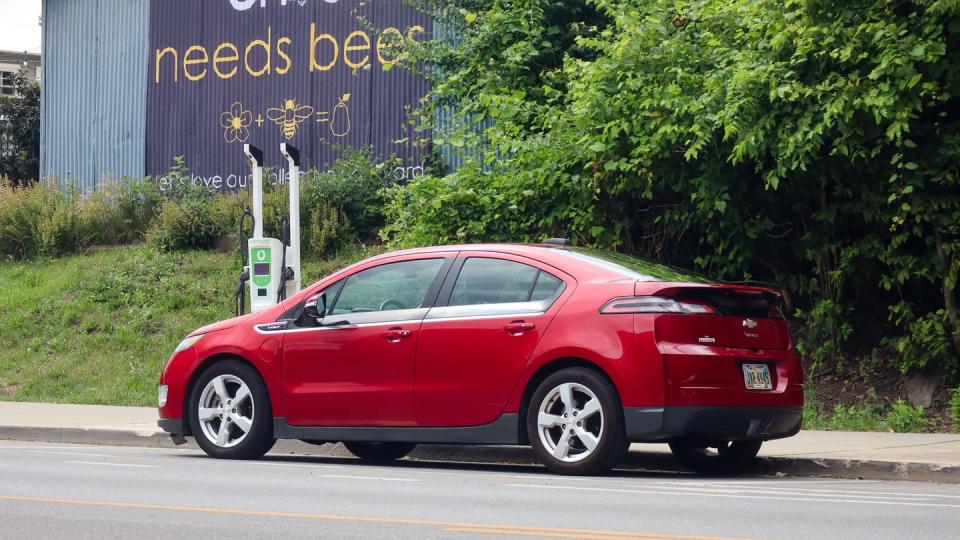
By comparison, the Strong Plug-In Hybrid EV Coalition (SPHEV), cites a UC Davis study and insists that PHEV owners who don’t plug in are just a myth. The study says that on average most PHEV drivers are plugging in, yet the UC Davis study “did not install loggers in vehicles that were used as hybrids or charged less than 4 times per month.” UC Davis said that about 6 percent of Volt owners surveyed didn’t plug in at all, but UC Davis also admits that a selection bias inherent in the survey’s criteria is likely severely underrepresenting the amount of PHEV owners who regularly plug in. Drivers like the ones who nearly never plugged in my Volt, for instance, were totally absent.
There’s no really good way to fix PHEV utilization, but there are a few theories. Many in Europe suggest canceling PHEVs entirely and instead focusing on selling and driving full EVs. That seems drastic, especially since the EV war hasn’t yielded the mythical 300-mile $25,000 car yet. For now, PHEVs will likely be a great solution to reduce consumption, while still having the utility afforded by a regular car.
At the end of ICCT’s study, the group insisted that there are a few ways that manufacturers and regulators can work together to get people to use their PHEVs correctly. “Studies in Europe and some evidence from Chevy Volt usage in the United States indicate that reducing engine power can reduce fuel consumption and increase [the number of miles driven on electric power],” remarked the study. Essentially, manufacturers should refocus the vehicle so that its electric assist is the primary focus of the vehicle’s motivation. Like, making the electric motor bigger than the gas motor, so the gas engine would act more as a range extender rather than a primary motivator for the car. This was the whole concept behind the BMW i3, although its terrible performance in range-extending mode is unfortunate. Balance is key.
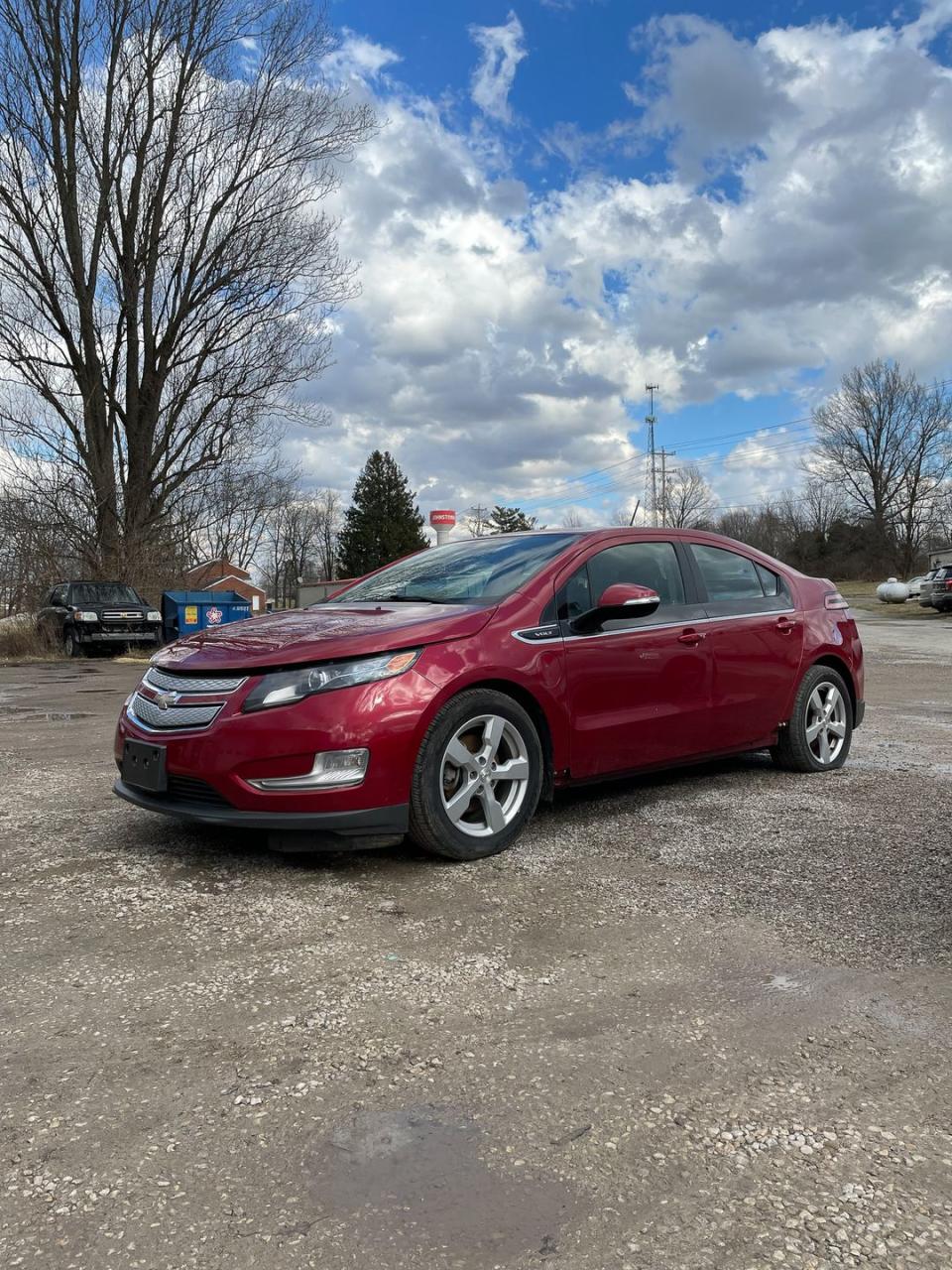
Or, legislating PHEV range minimums so buyers don’t feel like they’re wasting their money by paying extra for a car that has minimal electric range. The SPHEV supports legislation mandating the minimum PHEV range be at least 50 miles. That’s supported by the UC Davis study; PHEVs that can go further are more often used in EV range mode.
Another option is just making it easy to charge up every day. Because the Volt is now at a home that has access to charging, the Volt’s engine is used sparingly. The lifetime fuel economy has increased to 26.3 MPG and I’ve averaged more than 81 MPG over 2000 miles. It's paying off. At my current electricity rates the Volt only costs about $0.90 to recharge at home.
Whatever the case, we should have given the Chevy Volt its flowers. It was so good that people didn’t even use it as it was intended, and drivers didn’t notice. It got the idea of PHEVs into the mainstream, and now everyone wants one. Even if they don’t know how to use them.

You Might Also Like

 Yahoo Autos
Yahoo Autos 